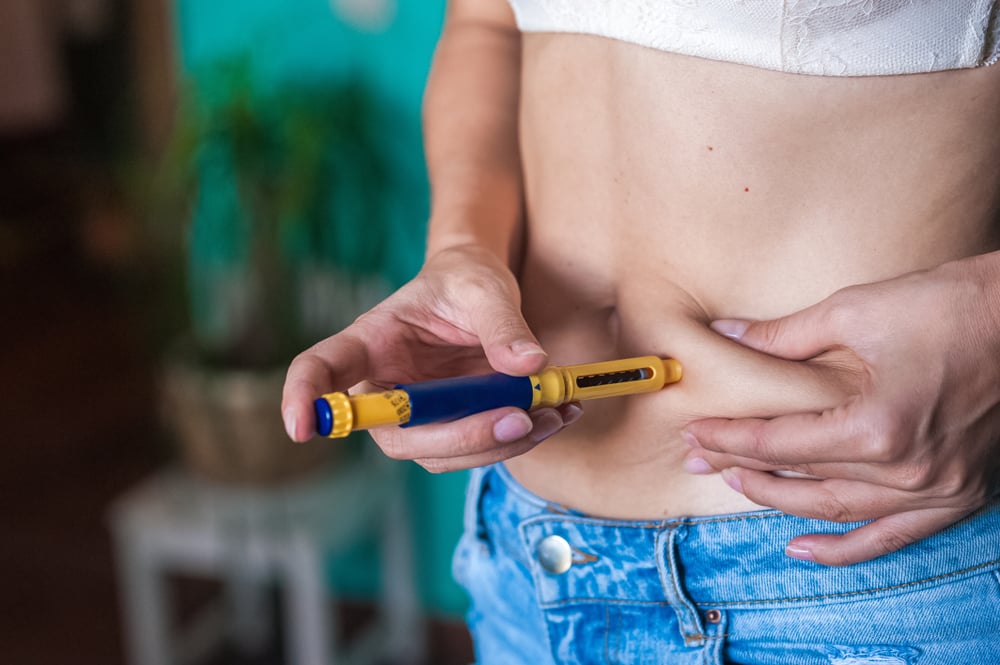Fertility Medications Explained

Liquid, powder, oil, pen…these are common decisions you might make on a daily basis. No, I’m not talking about different types of makeup. I’m talking about fertility medications. You might spend hours in Sephora, at the dermatologist, and on blogs to figure out the best beauty products for your skin, so why wouldn’t you spend more time learning about fertility medications you put into your body?
Just like makeup, there are many different fertility medications and brands available. Your doctor will choose the medications he believes will give you the best chance of success. An important part of the fertility journey is becoming educated on your care and learning why you are taking certain prescribed medications.
Two of the most important hormones involved in the menstrual cycle are Follicle Stimulating Hormone (FSH) and Luteinizing Hormone (LH). In a natural menstrual cycle, the body chooses one or two dominant follicles to grow and develop until ovulation occurs. In an in vitro fertilization (IVF) stimulation cycle, you administer these natural, cycle-specific hormones that already exist in your body at increased concentrations to help recruit and develop as many follicles as possible. These medications that directly stimulate the ovaries are generally referred to as Gonadotropins.
Gonal F/Follistim
These medications consist of FSH. They are the same medication just different brand names. They are distributed in a prefilled pen. Depending on your clinical picture, your doctor will determine the proper dosing of each medication.
Menopur
This injectable medication is made of FSH and LH. It comes in a powder form and must be reconstituted with a liquid diluent.
Ganirelix/Cetrotide
These medications are referred to as the antagonist medications. They keep your body from producing FSH and LH, thereby preventing premature ovulation. Typically, when these medications are introduced in a cycle, your doctor will increase your dose of FSH & LH (Menopur) so as to not halt the stimulation process.
Hcg/Chorionic Gonadotropin/Ovidrel
You’ll hear these medications referred to as your “trigger shots.” They are given exactly 36 hours before egg retrieval to release the egg from the ovary at the proper time, “triggering” ovulation.
Luprolide Acetate (Lupon)
This medication is used in different formulations for different purposes. It is commonly used throughout your cycle in conjunction with FSH and LH and as the trigger medication when you are readying your body for egg retrieval. The trigger form of Lupron is used to help prevent hyper-stimulation. Lupron is also used is to initiate the “flare effect,” causing the pituitary to have a surge of FSH and LH production.
Clomid and Letrozole
These oral medications are used in both intrauterine insemination (IUI) and IVF cycles. They cause the pituitary to release more FSH and LH, thereby stimulating follicular growth. In an IVF cycle, they are typically only used for the initial 5 days in along with the injectable FSH and LH.
Progesterone
Whether you are undergoing a frozen embryo transfer cycle or a fresh IVF cycle, you need to prevent your body from ovulating naturally. During natural ovulation, the corpus luteum (the remains of a follicle once an egg has been released) produces endogenous progesterone. Because you do not naturally ovulate during a frozen embryo transfer, this step is skipped and your body does not produce progesterone on its own. Therefore, supplemental progesterone must be given. Similarly, in a fresh IVF cycle, some progesterone is secreted naturally but supplemental progesterone is still prescribed. Most commonly, injectable progesterone is prescribed. This medication is compounded in oil and given intramuscularly as this route has the best absorption rate. Progesterone helps sustain a pregnancy. The placenta takes over and begins producing progesterone naturally at around 8-10 weeks of gestation. At that time, your doctor will stop or wean you off of the progesterone.
Prometrium
This is an oral form of progesterone. In IVF cycles, it is most commonly used in conjunction with the vaginal suppositories to ensure that the patient receives the appropriate amount of progesterone support. It is typically taken three times a day. This can also be given if you are undergoing IUI or natural timed intercourse cycles if you’re not producing enough progesterone on your own.
Endometrin and Crinone
These vaginal suppositories are another common form of progesterone given in fertility treatments. In an IVF cycle, they are usually given in conjunction with prometrium. They are typically given twice a day. These vaginal suppositories can also be given if you are undergoing IUI or natural timed intercourse cycles if you’re not producing enough progesterone on your own.
Estrace (estradiol)
This is an oral estrogen pill that helps thicken the uterine lining for optimal implantation of an embryo.
Hopefully next time you’re debating liquid, powder, oil or pen, you’ll have the knowledge to understand which medications are best for your fertility journey and how they work.
